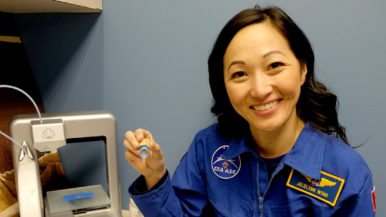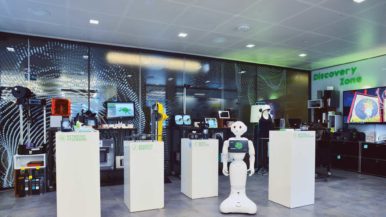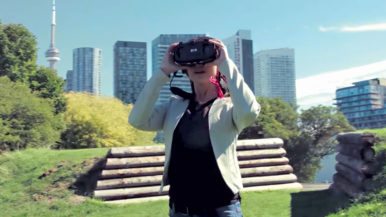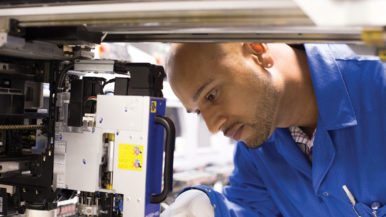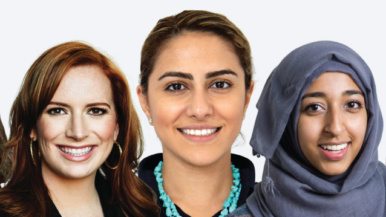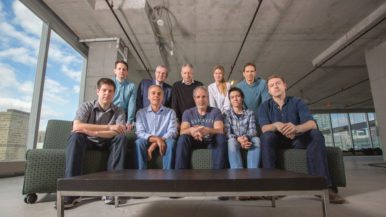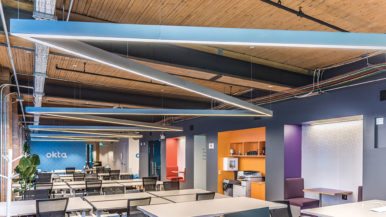A Geordi La Forge visor and other cool do-gooder gadgetry
These three companies are using their powers for good

The ESight3 is helping blind people see
Conrad Lewis, a Toronto engineer, got the idea for his high-tech eyeglasses when his sister was diagnosed with a degenerative eye condition that left her legally blind. After tinkering with a few clunky prototypes, Lewis devised the ESight3, a wearable device that looks a little like Geordi La Forge’s futuristic visor on Star Trek. The system uses a high-speed, high-definition camera to capture whatever the wearer is looking at. The video feed is then enhanced and projected on two full-colour OLED screens, magnifying it up to 24 times its size. The cameras can alternate between short-range (reading), mid-range (watching TV) and long-range vision (walking outside), automatically focusing without any vertigo-inducing delays. The glasses are also Bluetooth- and Wi-Fi-enabled—hello, personal Netflix. Anyone looking for a feel-good cry can check out the company’s website for videos of people using ESight to read the newspaper, watch a sunset or see their children for the very first time.
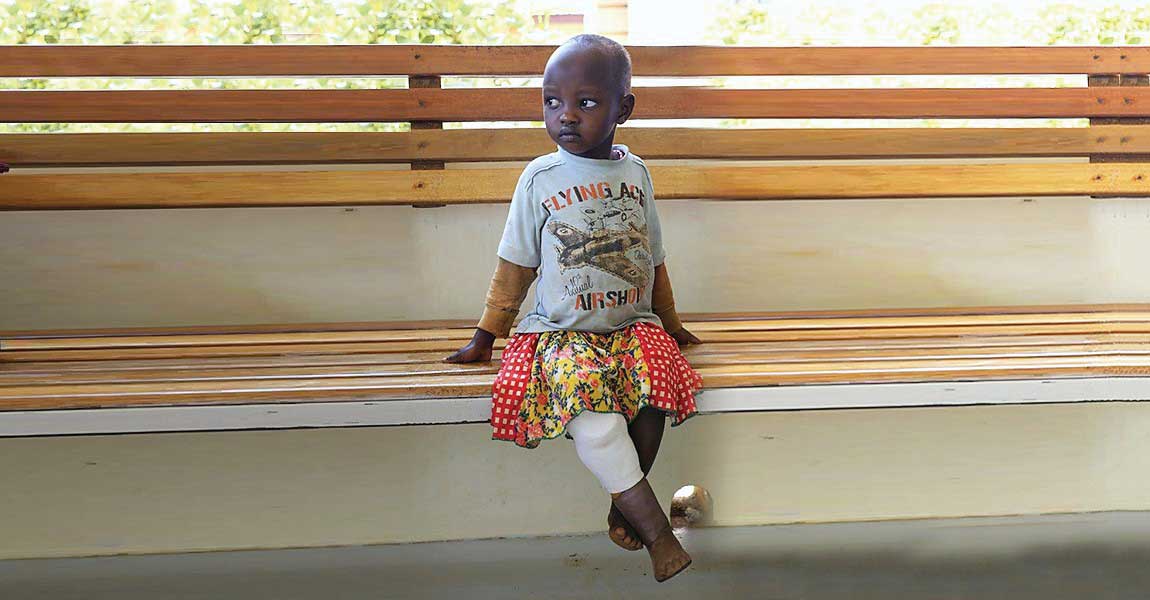
Nia Technologies gave this little girl a new foot
In a city where every entrepreneur wants to be a zillionaire, it’s nice to find a heartwarming non-profit like Nia Technologies, which 3-D prints prosthetics for people in the developing world. A clinician creates a digital model of whatever remains of a patient’s limb, then feeds the model into a 3-D printer, which creates a plastic socket that fits the stump. Over the past two years, Nia’s team has created prosthetics for more than 140 children in Africa and Asia. The first patient was Roseline, a four-year-old Ugandan girl who was born without a right foot. Because the hospital was low on supplies, she was initially given a lefty prosthetic (she later got the correct one). “You would not believe how happy this little girl was,” says Nia co-founder Jerry Evans. “She was standing on two left feet, but she was smiling ear to ear.”

The Tecla-E makes it possible for almost anyone to use a smartphone
Smartphones are supposed to make life easier, but for people who can’t use their hands or arms, they’re about as useful as paperweights. The brainiacs behind the Tecla-E have created a solution. Launched by Mauricio Meza, a biomedical engineer, and Jorge Silva, a tech researcher who has worked at U of T, Holland Bloorview Kids and OCAD, the portable, rechargeable device allows those with minimal upper body movement to control smart devices via eye movement, sip-and-puff controllers and head arrays on wheelchairs. They can make phone calls, answer emails, search the web and take selfies—totally hands-free.






